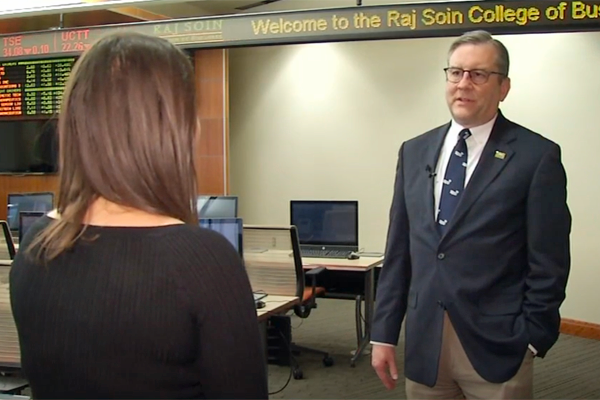
Excerpt from the Dayton Business Journal
Tom Traynor is a leader in Dayton’s business education scene. Traynor, dean of the Raj Soin College of Business at Wright State University, has been with Wright State since 1988 and was named a professor of economics in 2003. He chaired the university’s department of economics from 1998 to 2001, and again from 2010 to 2016.
Traynor provided his thoughts on the Miami Valley as it enters 2020.
How would you assess the Dayton-area economy going into 2020? Continued slow growth. Employment growth for 2019 lagged slightly behind that of earlier recent years.
Some key causes were:
- Slowing or declining growth in business spending caused a flattening of business equipment employment;
- A decrease in business-to-business services employment; and
- The May tornados decreased employment in affected businesses.
Earnings growth appears to have continued rising and may, once the final estimates are in, prove to be close to the national income growth rate for 2019. Cost of living continues to be very affordable compared with national norms, as is the case for most of the Midwest.
What are you most excited about? The most promising sector continues to be national defense, both in government and contractor growth, particularly with the F-35 mission moving to Wright-Patterson Air Force Base and the forthcoming expansion of Air Force intelligence activities and the base. Most of these positions will have high salaries.
Another important development at WPAFB is the high rate of employment turnover, primarily due to retirements, that is currently taking place and will continue for many years. While the income per position will fall, the retirement income of those who remain in the Dayton area plus income from the newly hired, the net economic benefits should be positive. Additionally, the turnover will help retain and draw more young professionals to the region.
Growth and development in and near downtown Dayton clearly is continuing with positive momentum. The role of the region’s post-secondary institutions (universities, colleges, community colleges, vocational and technical schools) – they are better connected and more nimble at meeting regional needs than in the past, and this trend has momentum.

